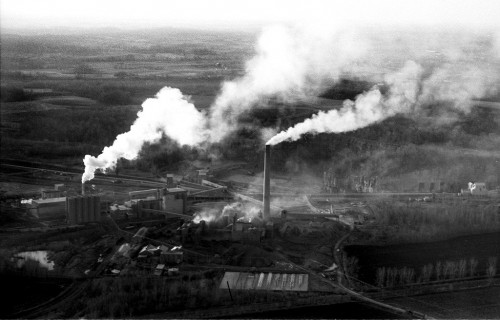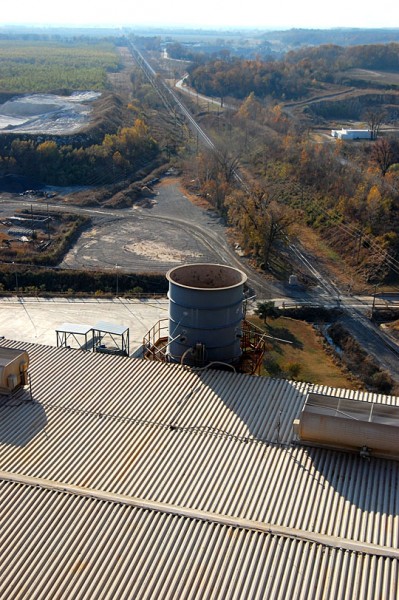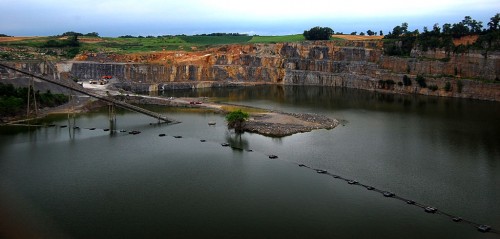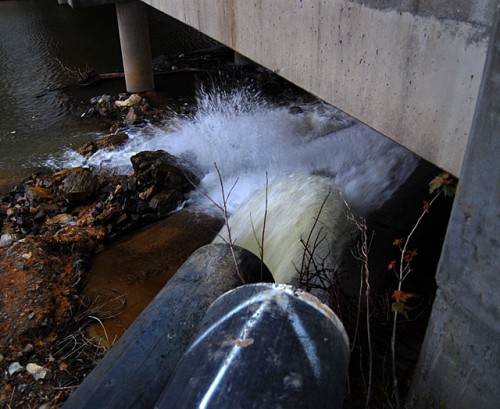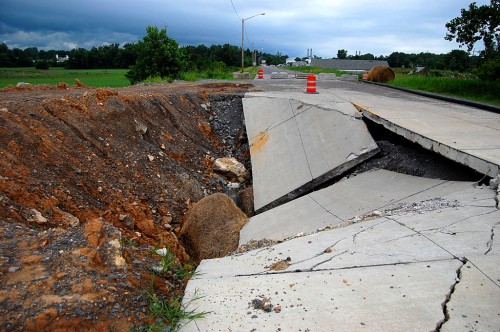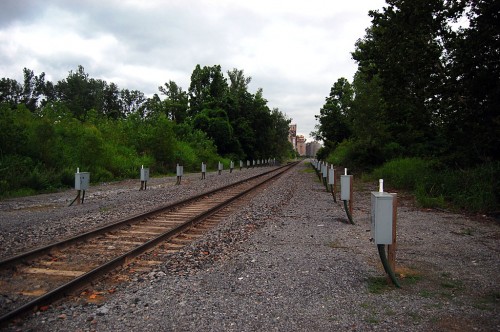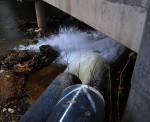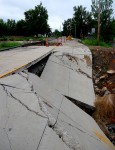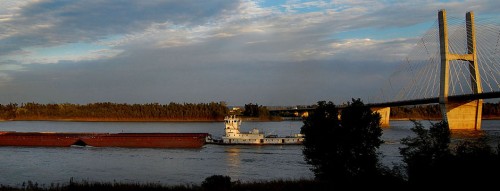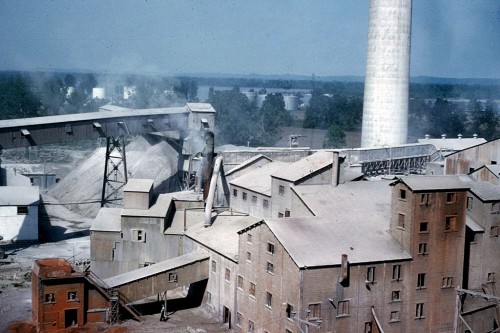 After I ran the aerial photo of dust coming out of the Marquette Cement Plant stack in 1966, Keith Robinson commented, “My dad took photos in 1963 from the top of the 16-silo mass. You could see the dust build-up on top of the buildings and vent louvers.”
After I ran the aerial photo of dust coming out of the Marquette Cement Plant stack in 1966, Keith Robinson commented, “My dad took photos in 1963 from the top of the 16-silo mass. You could see the dust build-up on top of the buildings and vent louvers.”
Then to go one better, he sent me these two photos. He’s right. The whole place looks like it’s dusted with flour. (Click on any photo to make it larger.)
Dust piled up like snow
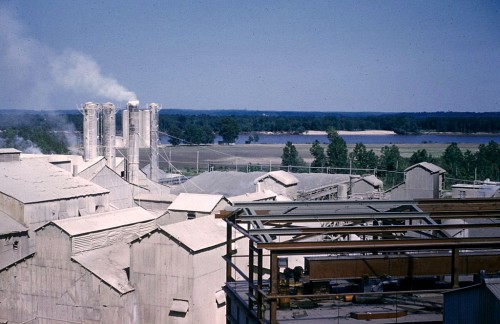 The louvers and roofs of the building look like it’s been snowing. Even the piles of coal have a coating of white.
The louvers and roofs of the building look like it’s been snowing. Even the piles of coal have a coating of white.
Cement plant in 2010
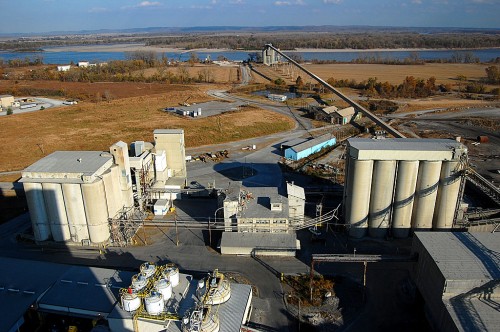 This photo was taken in the fall of 2010 looking pretty much in the same direction as the photo above it. The conveyor system is used to move the cement to waiting barges. Shipping by water is the most cost-efficient mode of transportation.
This photo was taken in the fall of 2010 looking pretty much in the same direction as the photo above it. The conveyor system is used to move the cement to waiting barges. Shipping by water is the most cost-efficient mode of transportation.
Thanks to Keith and his dad for the photos and information.

